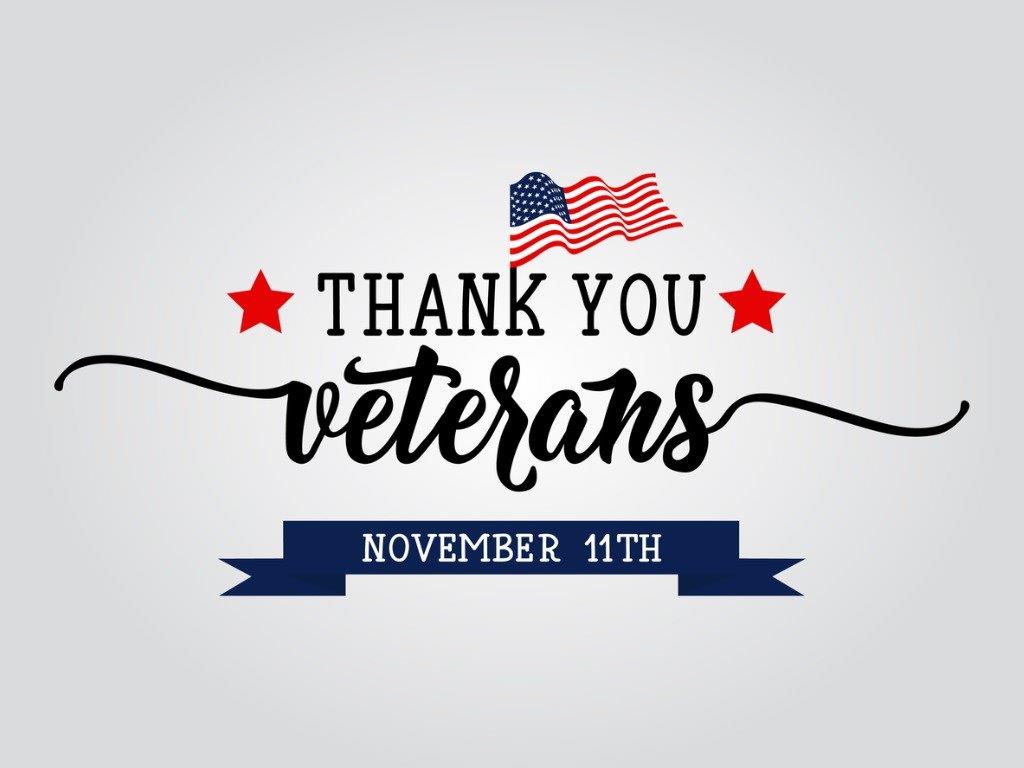Impactful Ways to Honor Veterans Day
Every American has heard of
Veterans Day, but we want to take a moment to reflect on the deep history and meaning behind this day when we honor and celebrate all American veterans, past and present.
We also want to talk about some of the most pressing issues veterans face today when seeking employment. Veterans bravely defend our country, and yet when it’s time to find employment as civilians many still struggle due to illness, injury, disabilities, and the cultural differences between civilian and military societies. In this article we want to highlight the problem, but more importantly discuss what we can all do to raise awareness about this critical issue and be part of the solution.
Facts About Veterans Day You May Not Know
Veterans Day has been celebrated every November 11
th since 1919, but here are some facts about Veterans Day you may not know!
It wasn’t always called Veterans Day. November 11, 1919 was the first anniversary of the end of World War I, and to honor this Armistice Day was created. In 1938 Congress made November 11th a national holiday, and in 1954 President Eisenhower officially changed the name Armistice Day to Veterans Day.
The Difference Between Veterans Day and Memorial Day. Many Americans still don’t understand the difference between Veterans Day and Memorial Day, which is celebrated each year in May. Memorial Day is when we remember and honor soldiers who have died serving our country. Veterans Day celebrates all veterans both living and dead.
Millions of Veterans Alive Today. Presently, there are an estimated
16.1 million living American veterans who served during at least one war. In addition to the thousands of veterans of the conflicts in the Middle East, there are 7 million veterans alive today who served during the Vietnam War, 5.5 million veterans who served during the Persian Gulf War, and 2 million veterans who served during the Korean War.
Of the estimated 16 million Americans who served in World War II, about 558,000 are still alive today.
Ideas for How to Celebrate Veterans Day
To honor the armed forces who have served our country Americans can celebrate Veterans Day in several different ways.
Donate: You can donate time and resources to nonprofit veteran charities, such as
Semper Fi Fund,
Homes for Our Troops,
DAV Charitable Service Trust,
Fisher House Foundation, and
Thanks USA. According to Charity Navigator, which evaluates many factors for effective charities, including the amount of funds that go directly to veteran causes, here is a
list of some of the most impactful veteran charities you can support.
Volunteer: Visit veteran hospitals and nursing homes where many veterans reside and volunteer your time - not just on Veterans Day, but all year.
Honor: Visit memorials and cemeteries to pay homage to fallen veterans, and leave flags, flowers, or notes of appreciation.
Share: Share information about resources for veterans on social media and within your community to honor veterans’ service, raise awareness about issues veterans face today, and ways people can help.
Moment of Silence: In 2016 the Veterans Day Moment of Silence Act became public law, which invites Americans to participate in a two-minute national moment of silence to honor and reflect on veterans who have saved our country and touched our lives.
Facts and Statistics About Veterans and Employment
- In 2018, the unemployment rate for veterans who served on military active duty post-9/11 was 3.8%, while the unemployment rate for all veterans was 3.5%.
- In 2018, 41% of post-9/11-era veterans had a service-connected disability, compared with 25% of all veterans.
- The unemployment rate for veterans with a service-connected disability is 5.2%, compared with the rate of 3.5% for veterans without disability.
- 54% of unemployed veterans in the U.S. are between the ages of 25 and 54, while 40% are aged 55 or older.
- Washington, D.C. has the highest veteran unemployment rate at 6.5%, while Iowa has the lowest veteran unemployment rate at 1.4%.
Employment Issues Facing Veterans
Veterans with disabilities tend to have more difficult finding employment than veterans without disabilities. Common injuries and illnesses that affect veterans include PTSD, combat wounds, diseases caused by exposure to dangerous toxins and chemicals, and permanent disability caused by back, spinal, arm, and leg injuries.
Many of these disabilities render veterans unable to perform certain tasks required of the positions for which they apply—forcing them to seek new career paths and vocational training.
Other factors found to contribute to unemployment among veterans include skills mismatch, problems with skills translation (using military vs civilian terminology), and incorrect stereotypes about veterans.
Employment Resources for Veterans
Fortunately, service members who leave the military can access a number of resources that can help them transition to civilian life. Nonprofit organizations, such as the
USO, are devoted to guiding service members and their families through benefits and vetted resources that can help them achieve their goals.
Amazon, AT&T, Kroger, General Electric, and USAA are among top employers who understand that veterans have leadership experience, organizational and technical skills, exceptional problem-solving abilities, admirable self-discipline, and unique perspectives that aren’t as commonly found in the civilian population.
Veterans’ employment resources include but are not limited to: The
U.S. Department of Defense,
USAJOBS,
Military.com,
Hire Heroes USA,
GI Jobs.com, and the
U.S. Department of Veterans Affairs. Visit the VA website at
https://www.va.gov/careers-employment/veteran-resources/ for additional veteran's employment resources.
Sources:













